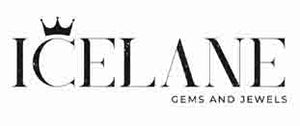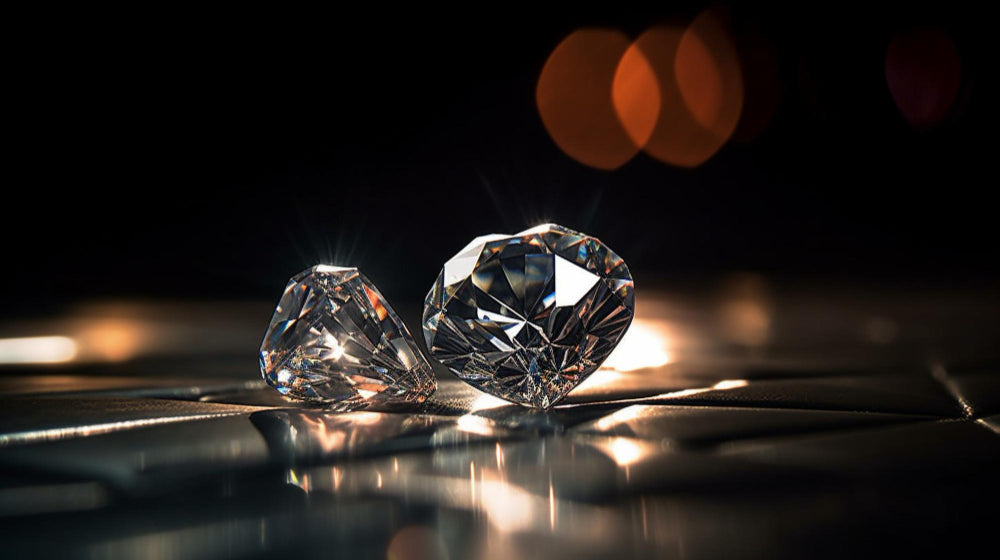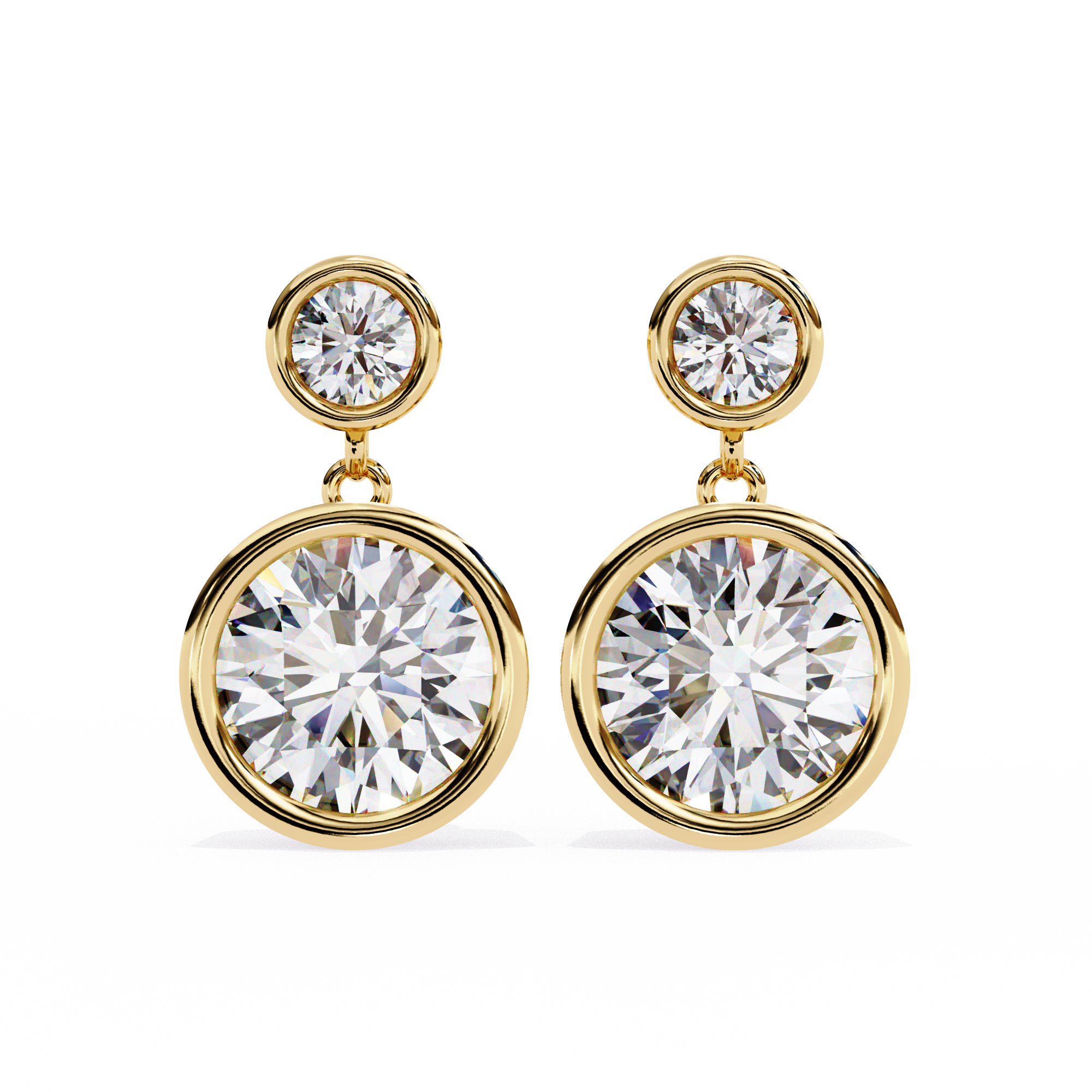In 2023, the diamond industry was shook to the core: 60% of engagement rings bought by millennials had lab-grown stones. The ‘natural’ has lost its superiority. This blog post looks at the ethical, economic, and emotional reasons for this revolution and why your wallet (and the planet) will thank you for it.
The following parts will discuss the reasons for the prevalence of lab-grown diamonds among young people.

Part 1: Why You Should Get Lab-Grown Diamonds for Your Ring
-
Ethics: “No Blood, All Brilliance”
Millennials and Gen Z like to know what they are consuming. Documentaries like Blood Diamond have shown the world the horrors of mining. As a result, 83% of young buyers are looking for conflict-free gems (The Diamond Insight Report, 2022). Lab-grown diamonds are a guilt-free sparkle that avoids the nefarious activities often associated with mining. -
Planet Over Prestige
Mined diamonds require 1,750 tons of earth per carat and emit 57 kg of CO2. According to Frost & Sullivan (2021), lab-grown diamonds are 85% more energy-efficient and 90% water-conserving. For the environmentally conscious consumer, this is a no-brainer. -
Affordability Meets Aspiration
Why pay $6,000 for a 1-carat mined, naturally colored diamond when you can get a lab-grown one for $1,800? Young buyers are more likely to spend the money on travel, student loans, or an environmentally friendly wedding. -
Tech Love: Tech is the New Cool
Diamonds are now being grown in labs using CVD or HPHT tech, which appeals to digital natives. To Gen Z, ‘innovation’ surpasses tradition — 63% of consumers link lab-grown gems with scientific advancement (Morning Consult, 2023). -
Customization: It’s Your Way, It’s Your Rock
Want a 2-carat teal diamond? Lab-grown diamonds offer limitless colors and sizes. This has been encouraged by the social media platform for unique and Instagrammable designs.

Part 2: How Price Differences Are Changing the Way People Shop For Jewelry
-
The Value Perception Shift
Lab-grown diamonds are chemically identical to mined diamonds but are cheaper by 60% to 80%. Young consumers understand this and are willing to make the trade-off; they have no interest in the ‘old-world’ price markup. -
Bigger Stones, Bolder Statements
With the savings, buyers can increase the carat weight of the rings they are purchasing. The current lab-grown diamond engagement ring size is 1.5 carats, while the mined one is 1.0 (Signet Jewelers, 2023).
Infographic: What $5,000 Gets You- Mined: 0.75 carat
- Lab-Grown: 2.0 carat + $2,000 left for a Bali honeymoon!
-
The Resale Paradox
While mined diamonds retain 30-50% of their resale value, lab-grown diamonds are down to 10%. However, millennials don’t care; 68% of them regard diamonds as emotional purchases, not investments (JCK Survey, 2022). -
Market Explosion
The sales of lab-grown diamonds have risen from $1.9 billion in 2016 to $1.9 billion in 2023 (Bain & Co). By 2030, they are projected to capture 30% of the market share.
Graph 3: Revenue from the Lab-Grown Diamond Market (2016-2030)

Conclusion: The Future is Lab-Grown
As Gen Alpha emerges, expect ethics and affordability to rule. The old guard of the diamond industry is being knocked down by a generation that cares about sustainability, science, and money.
Last Quote:
"If man had to dig for years to get what science can give us in weeks, then there is no need for it."
— An example of a quote from a 24-year-old lab-diamond buyer.
Call to Action
If you are ready to join the revolution with theicelane, go ahead and share this blog to spread the sparkle. #LabGrownLuxury.




